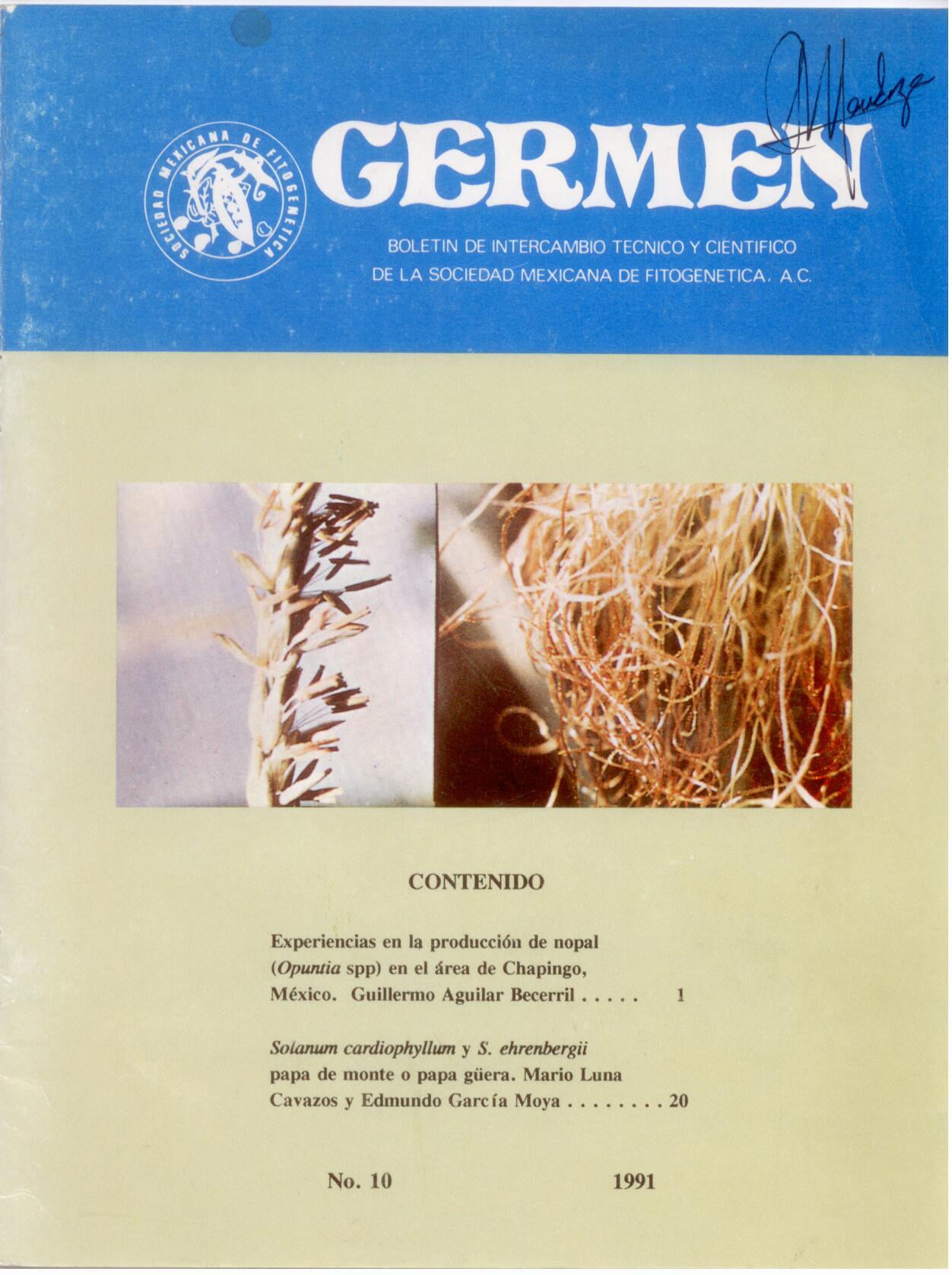EXPERIENCES IN THE PRODUCTION OF NOPAL (Opuntia spp.) IN THE CHAPINGO AREA, MEXICO
Main Article Content
Abstract
As the years go by, the nopal is acquiring greater importance in our country due to the demand it has as a vegetable ("tender nopalito"), its fruit-growing utility, its use as a fodder supplement and its renewed interest as a means of cultivation of the cochineal or cochineal (Dactilopius cocuis). In 1980, an area of 10,411 ha of cactus was harvested (DGEA, 1980) with a tendency to increase each year; Thus, by 1988 the crop surface amounted to 57,000 ha, distributed in the states of Zacatecas, San Luis Potosi, Aguascalientes, Guanajuato, Mexico, Nuevo León, Hidalgo, Durango, Coahuila, Tamaulipas, Puebla, Querétaro, Jalisco, Oaxaca, Sinaloa , Guerrero, Tlaxcala, Baja California Norte, Morelos, Michoacán and D. F. (Pimienta, 1988). There are several difficulties that arise in the producing areas, which can be mentioned: the poor quality of the fruit (Pimienta, 1988; Ortiz, 1988), the low yields (Ramírez, 1987) and the little or no production of nopal vegetables in winter ( Grajeda, 1978). In accordance with this problem, the purpose of this writing is to condense the knowledge of the nopal according to the experience that the author has acquired participating in the execution of different works in this plant, in the Chapingo area. To this end, information was collected on those aspects that represent solutions to the problems raised and that, due to the dispersion and limited dissemination of information, are little known and, therefore, of limited use.
Article Details

This work is licensed under a Creative Commons Attribution-NonCommercial-ShareAlike 4.0 International License.

